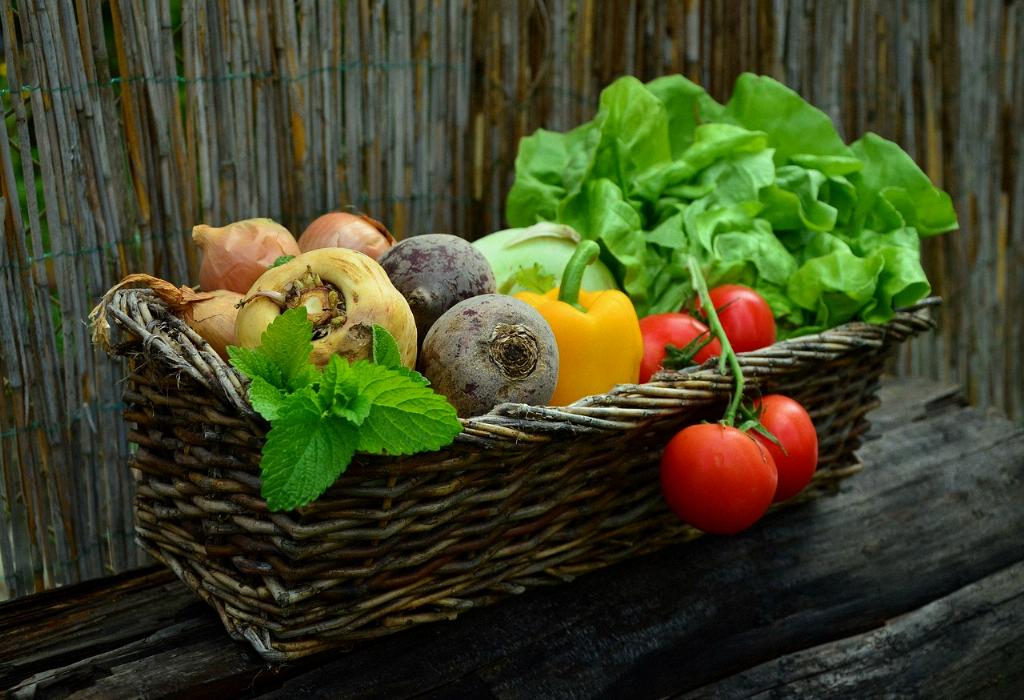When it comes to elevated raised garden beds, you may wonder whether you should put anything on the bottom to ensure the success of your plants. While there are differing opinions on this topic, consider the following factors before making a decision.
The Importance of Drainage in a Raised Garden Bed
Proper drainage is key to the health of your plants in a raised garden bed. Without adequate drainage, excess water can pool at the bottom of the bed, leading to root rot and other issues. As such, it is crucial to allow water to flow freely through the soil.
Benefits of Using a Barrier at the Bottom
Some gardeners opt to place a barrier at the bottom of their raised garden bed to prevent weeds and pests from infiltrating the soil. Additionally, a barrier can help retain moisture and prevent soil erosion, especially if your raised bed is located on a slope.
Considerations for Different Types of Raised Garden Beds
For vegetable beds, a deeper soil depth of around 12 to 18 inches is recommended to accommodate the root systems of the plants. This is particularly important if your raised bed is situated on a hard surface like concrete, as it restricts root growth into the ground.
Materials to Use as a Bottom Layer
When deciding what to put on the bottom of your raised garden bed, consider using materials like landscape fabric, cardboard, or newspaper. These items can serve as a barrier while still allowing for adequate drainage.
Potential Drawbacks of Adding a Bottom Layer
While adding a barrier to the bottom of your raised garden bed has its benefits, it may also restrict the roots of plants from growing deeper into the soil. This can be problematic for plants that require a deep root system to thrive.
Alternative Practices for Improving Drainage
If you choose not to use a bottom layer in your raised bed, there are other methods to enhance drainage. You can incorporate gravel or sand into the lower layers of soil to promote better water flow and prevent waterlogging.
Factors to Consider Before Making a Decision
Before determining whether to add a bottom layer to your raised garden bed, consider the specific needs of the plants you intend to grow. Some plants may benefit from the additional moisture retention provided by a barrier, while others may require deeper root penetration.
Consulting with Experienced Gardeners
If you are unsure about whether to add a bottom layer to your raised garden bed, seek advice from experienced gardeners or horticulturists. They can provide valuable insights based on their own experiences and help you make an informed decision.
Experimenting with Different Approaches
Gardening is an ongoing learning process, and what works best for one gardener may not necessarily work for another. Consider experimenting with different approaches to find the method that yields the best results for your specific garden bed and plant selection.
Conclusion
In conclusion, the decision to put anything on the bottom of an elevated raised garden bed ultimately depends on various factors such as drainage, plant preferences, and personal gardening style. Take the time to assess your unique situation and make an informed choice that will promote the health and vitality of your plants.

